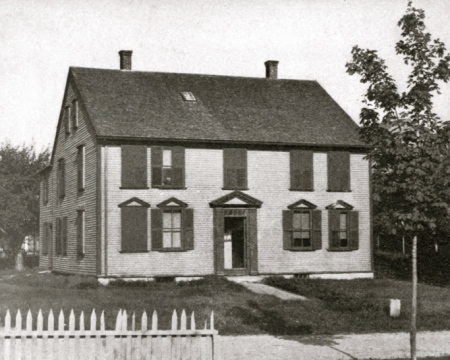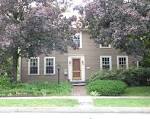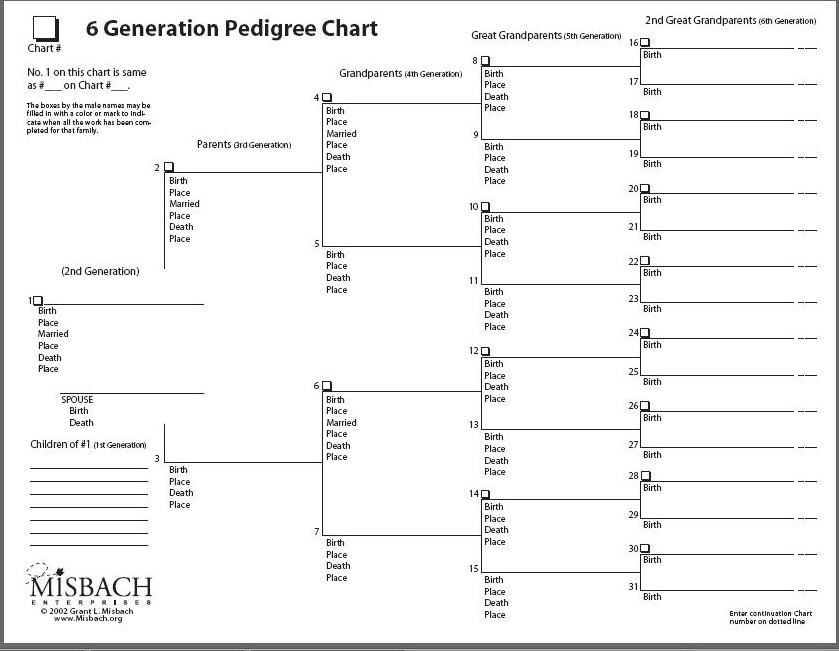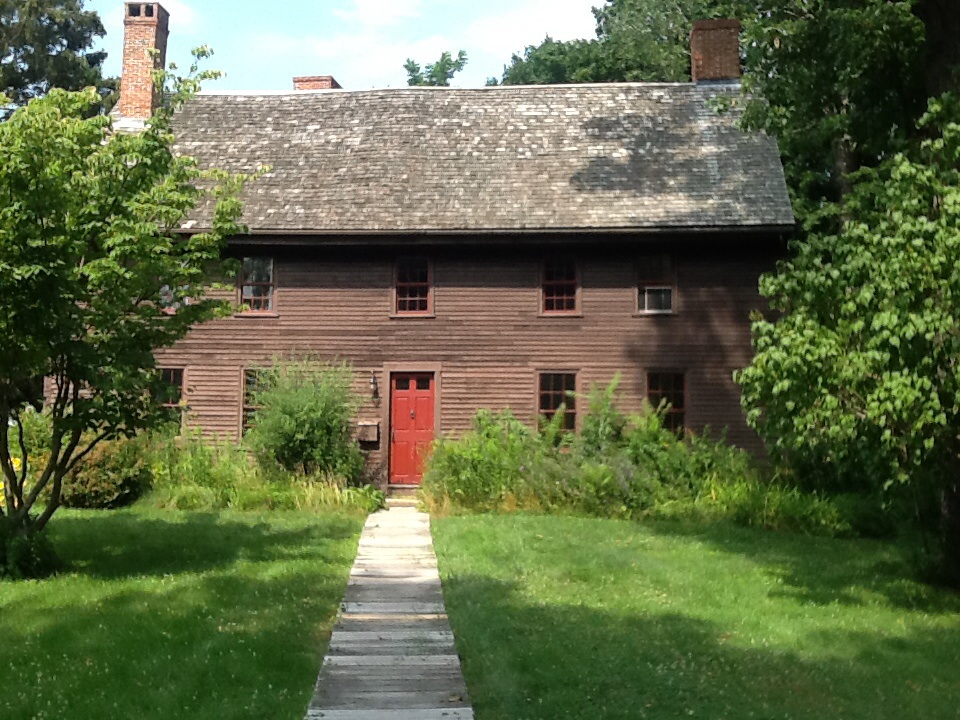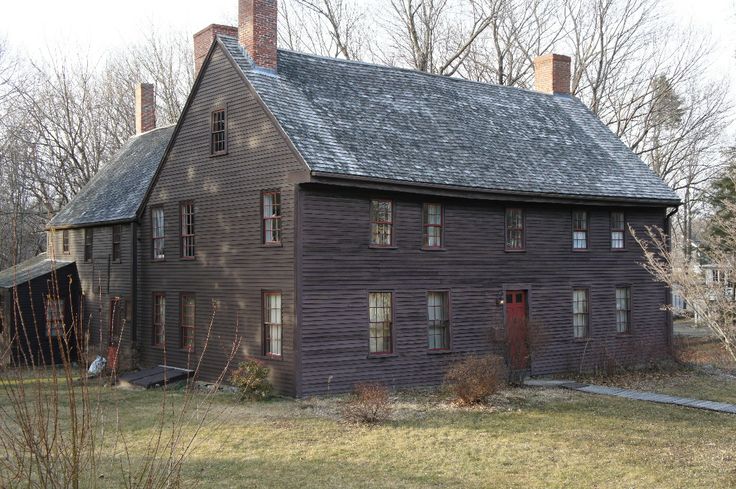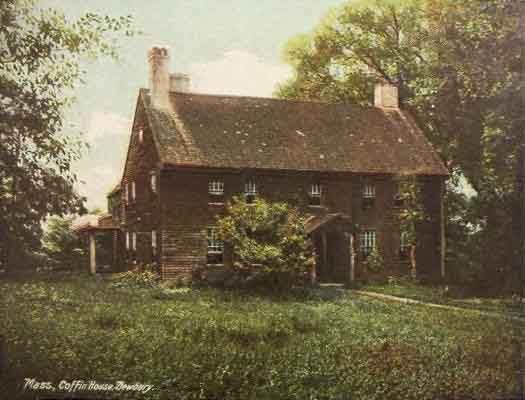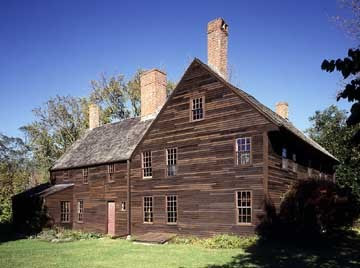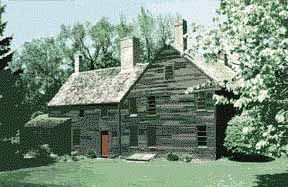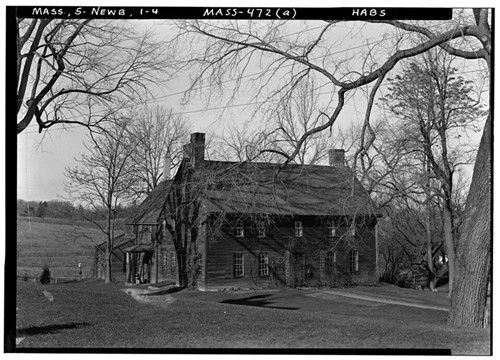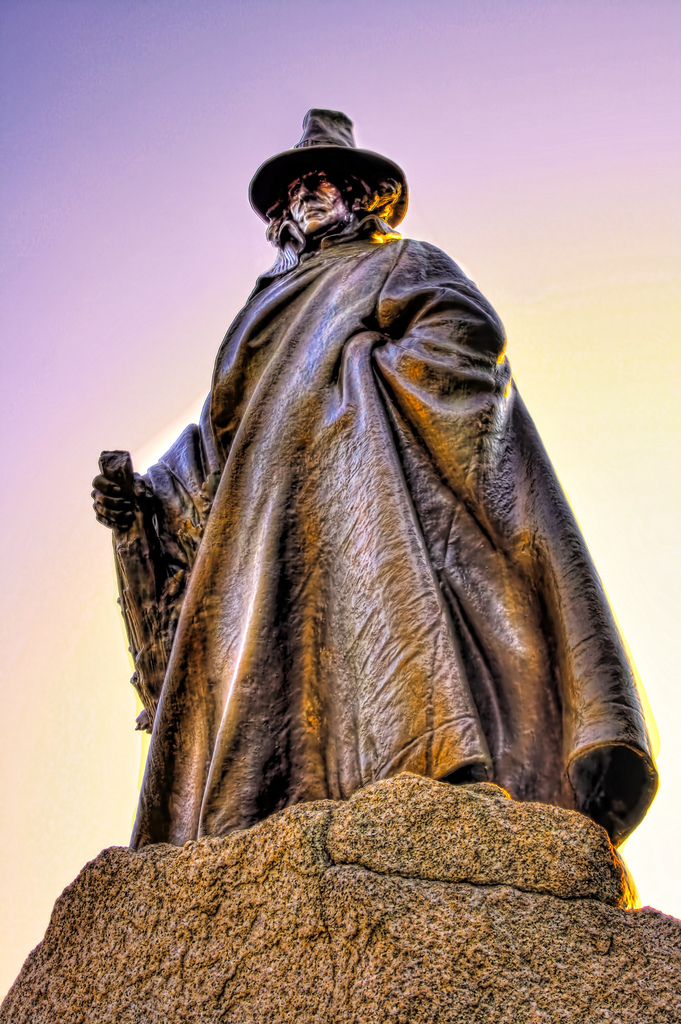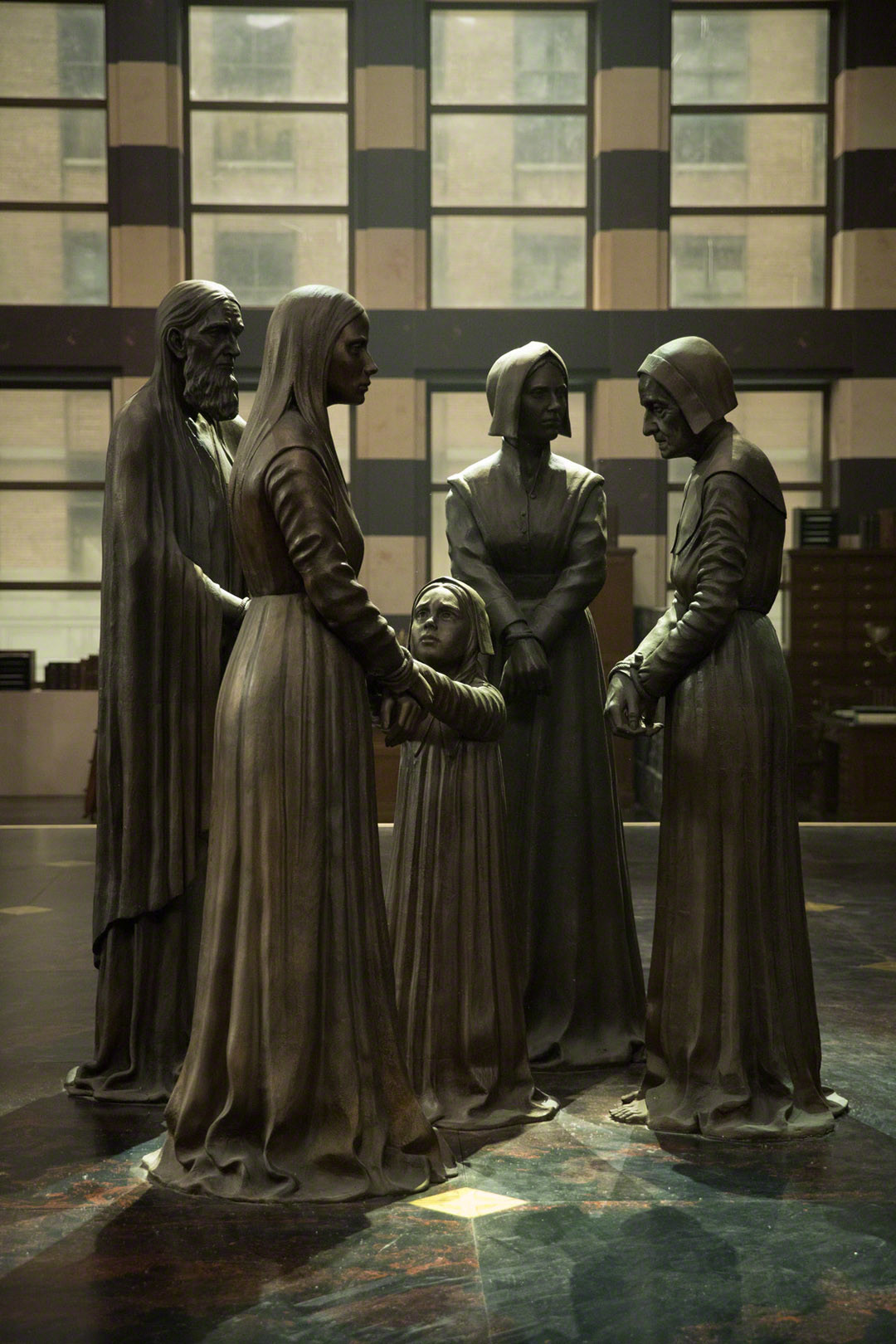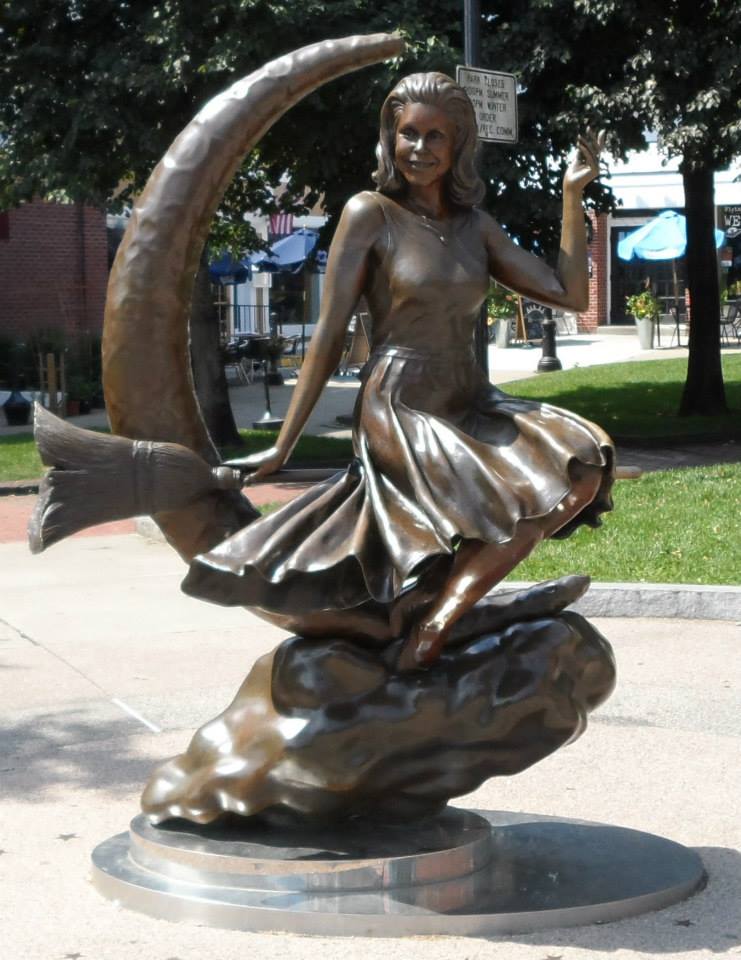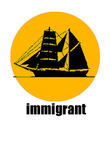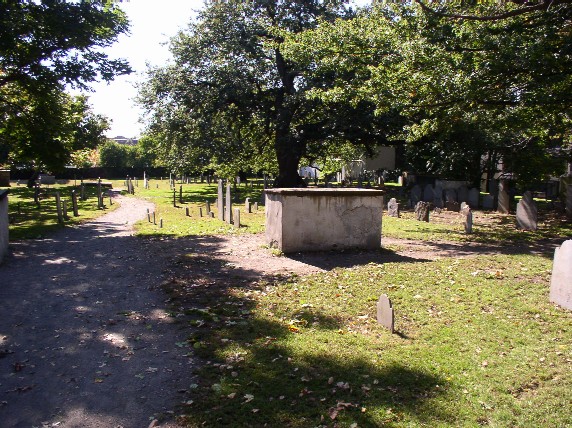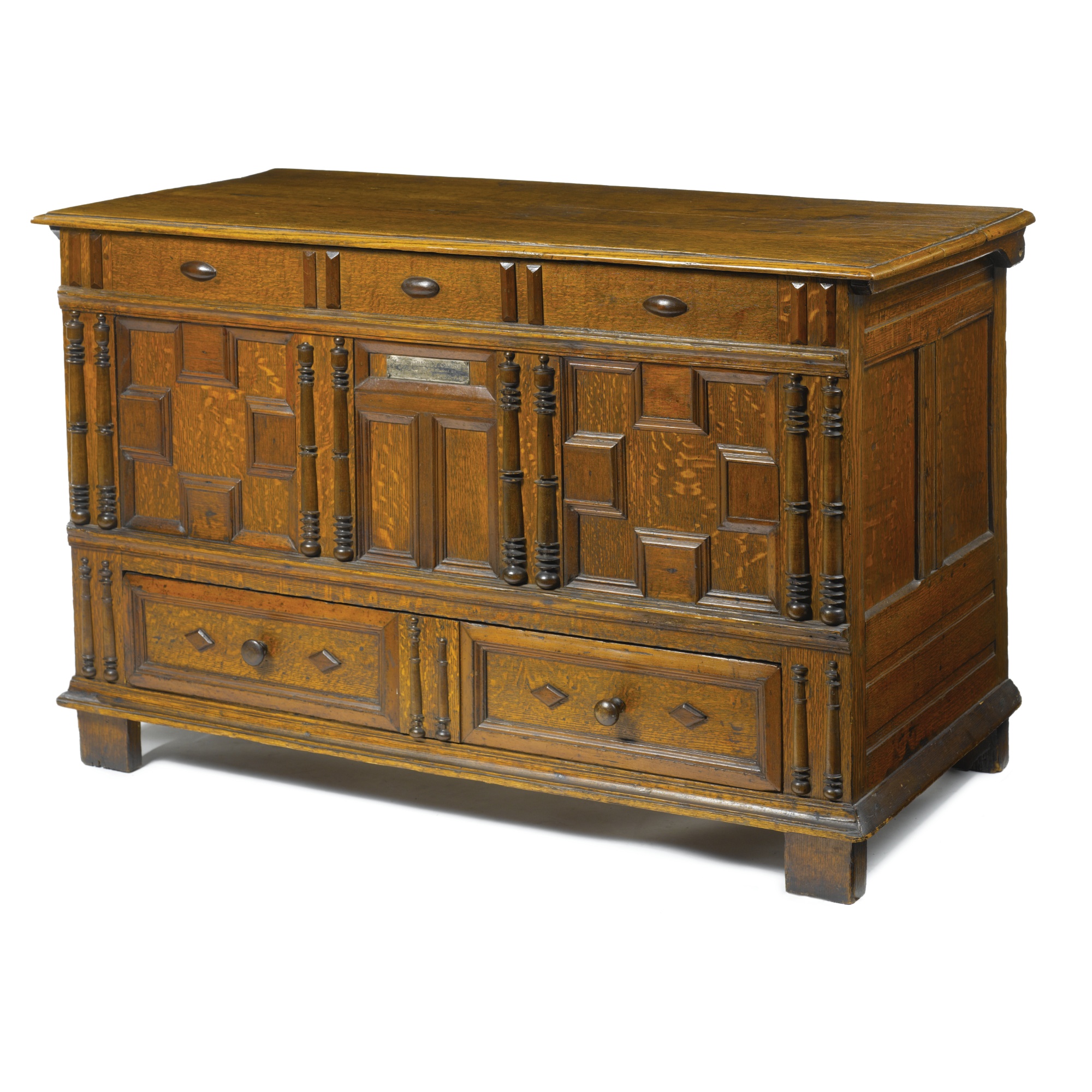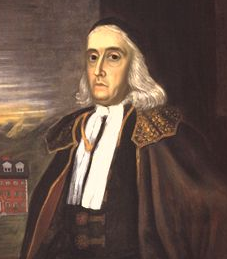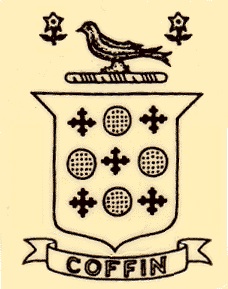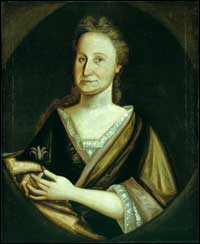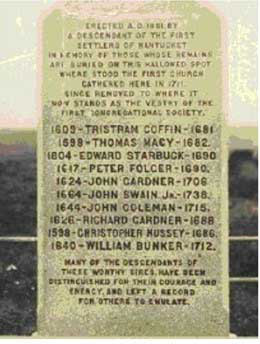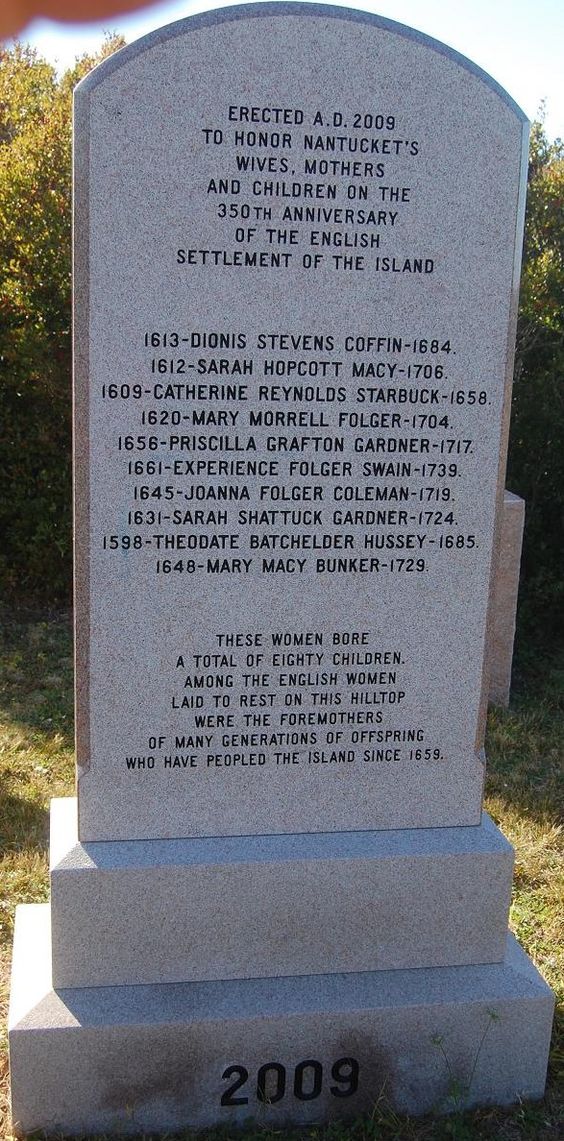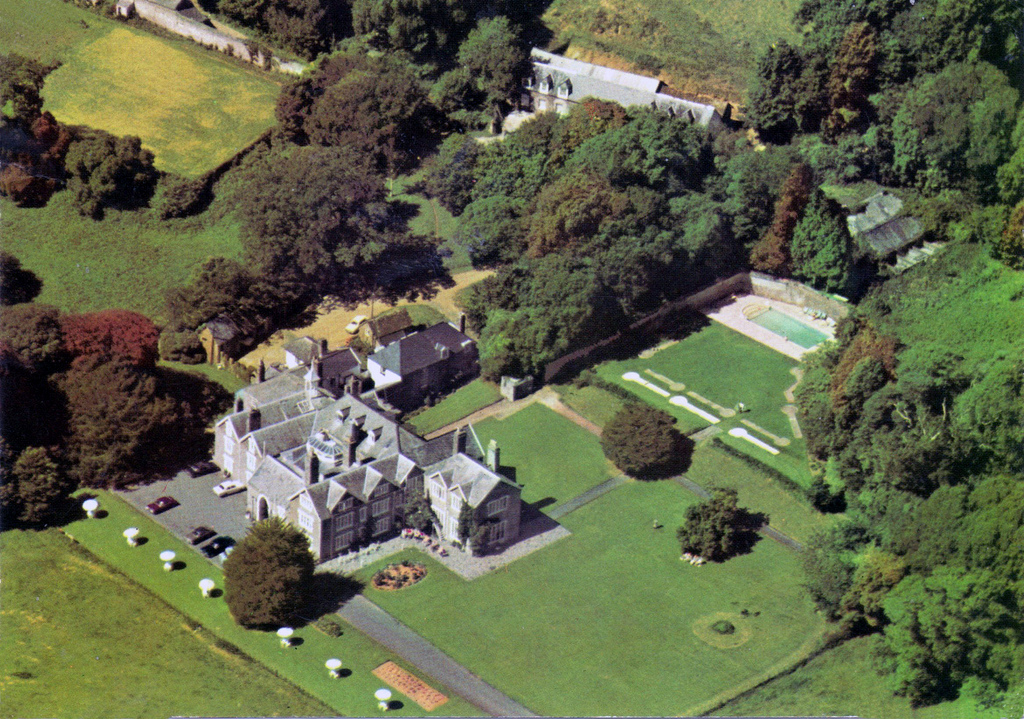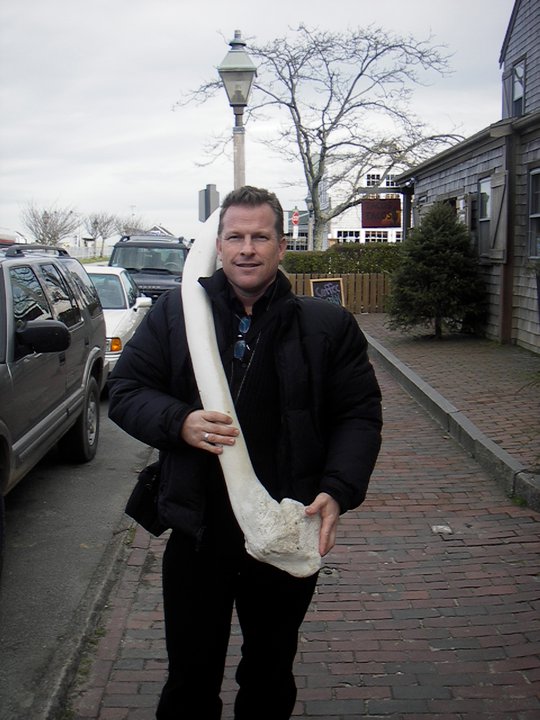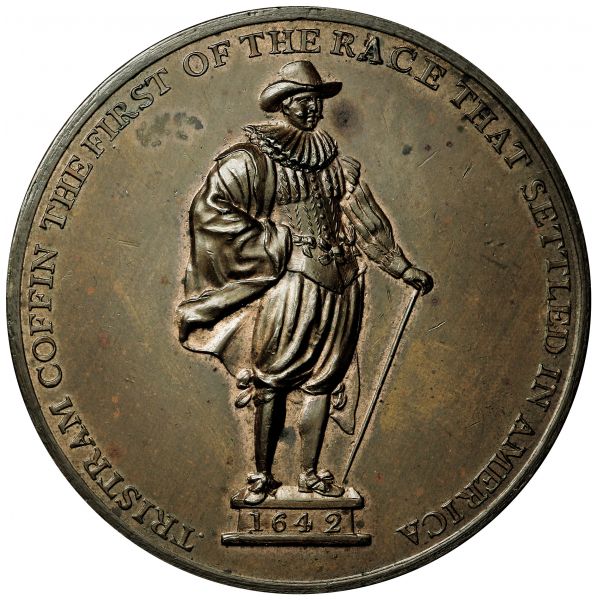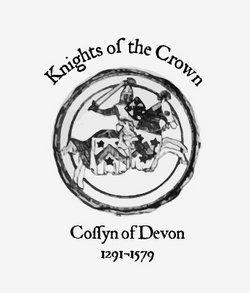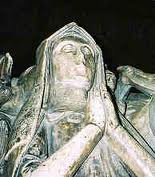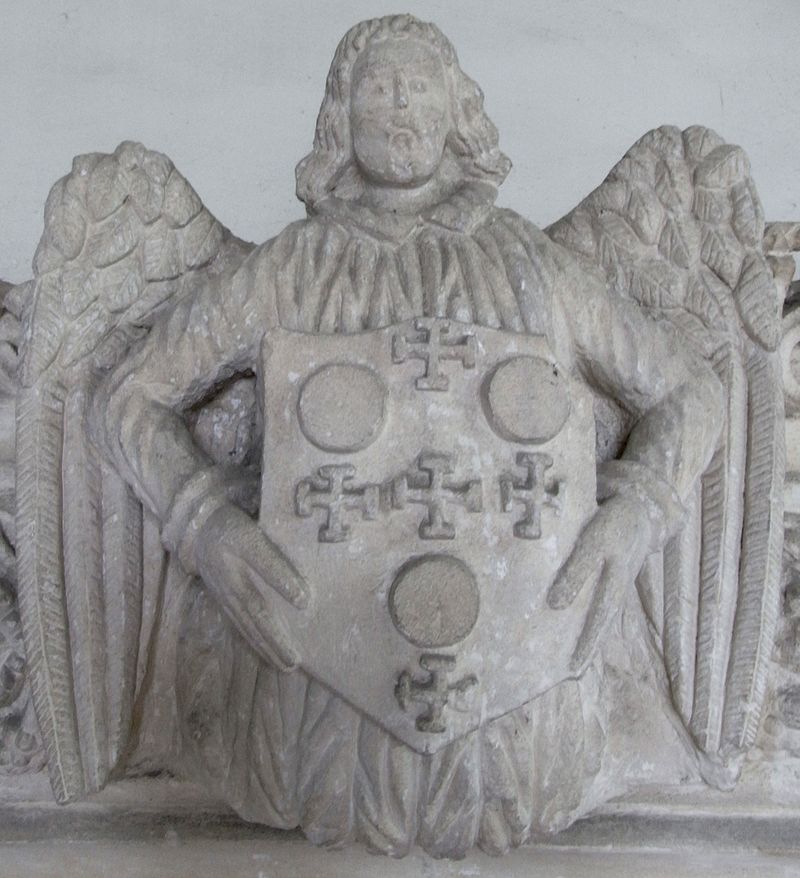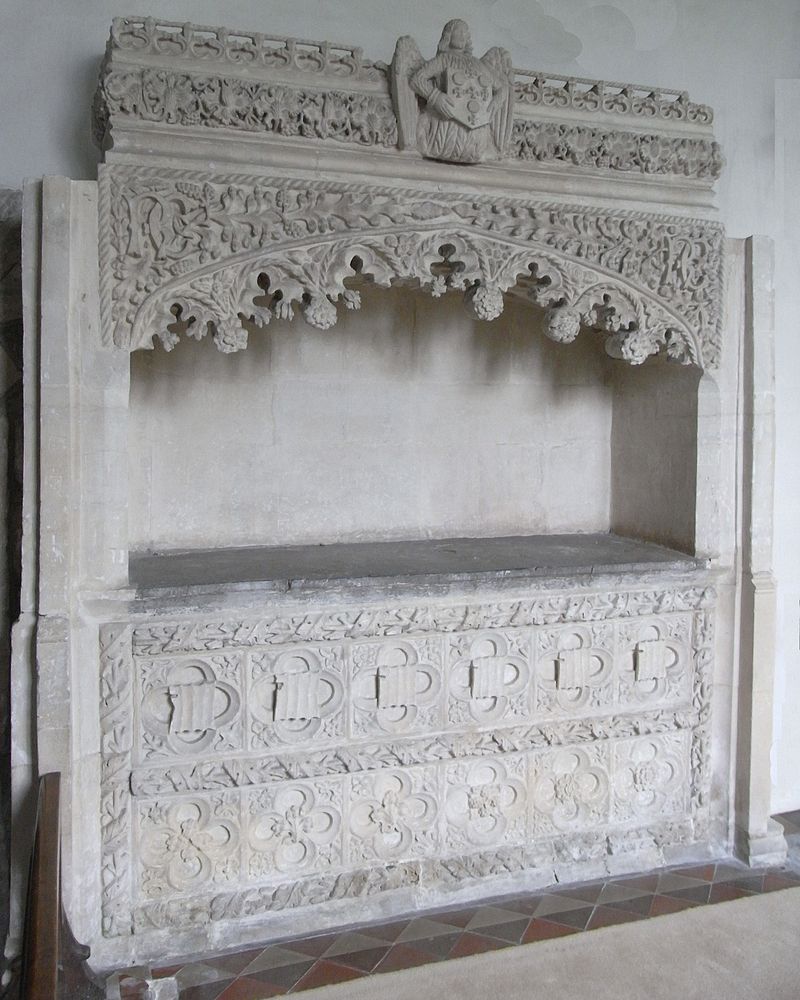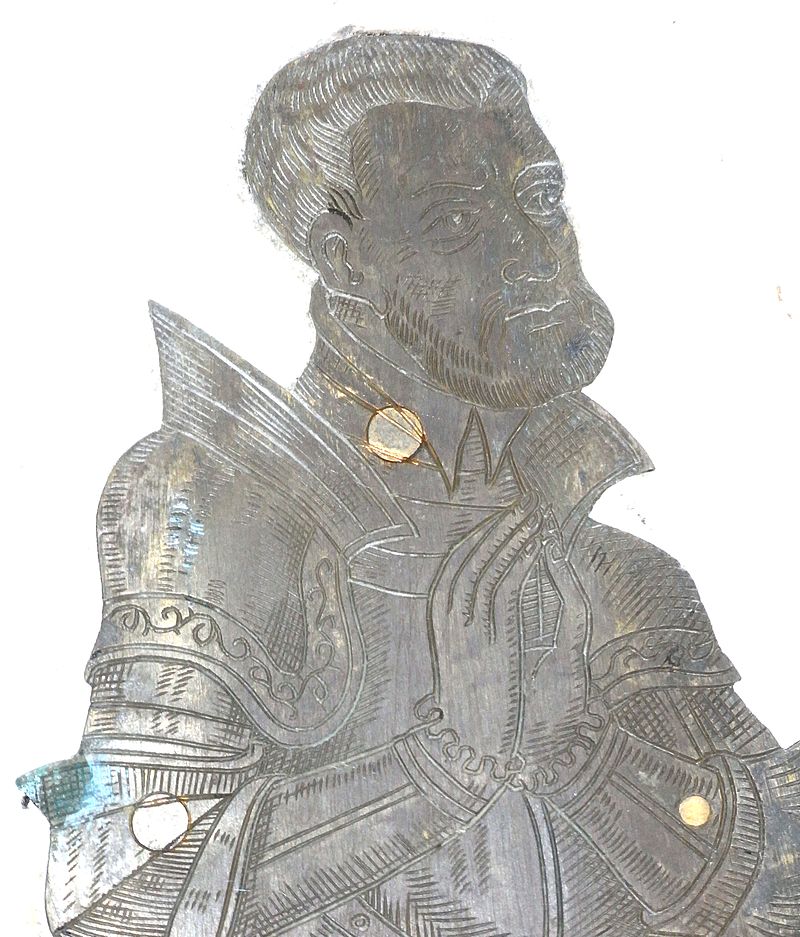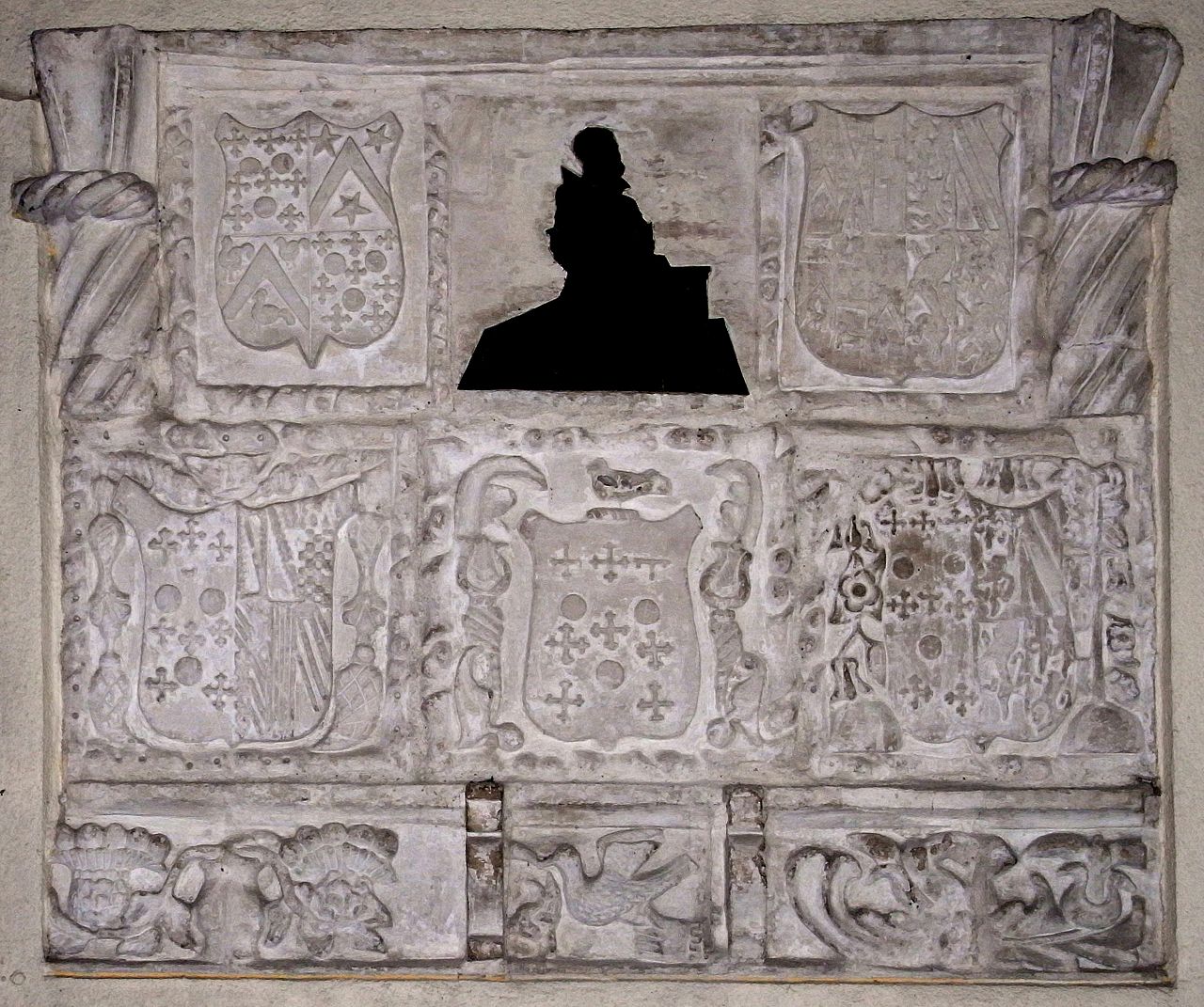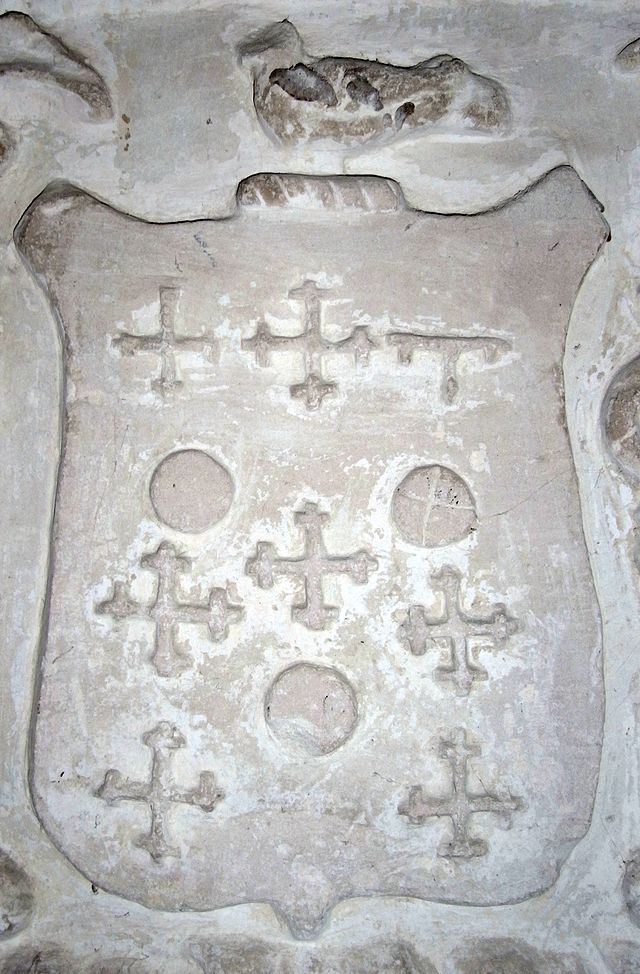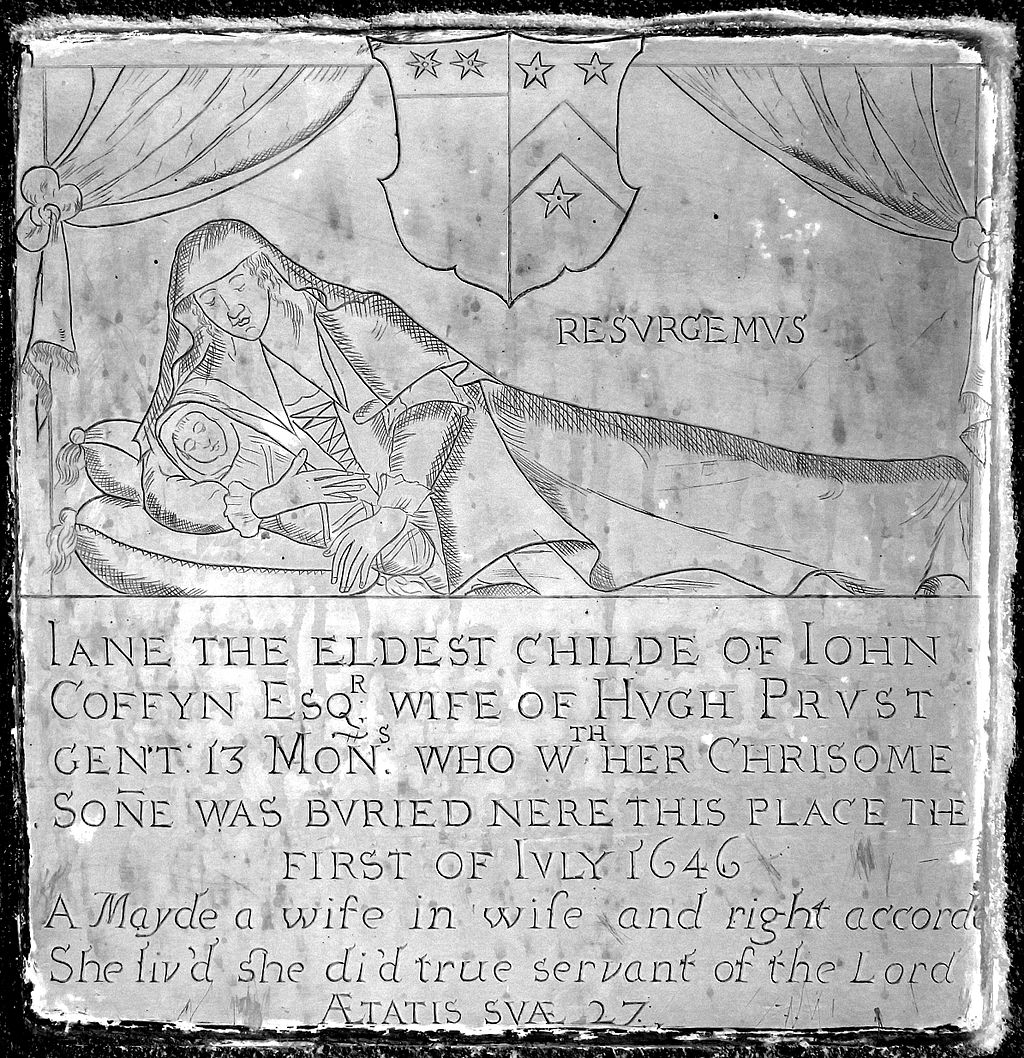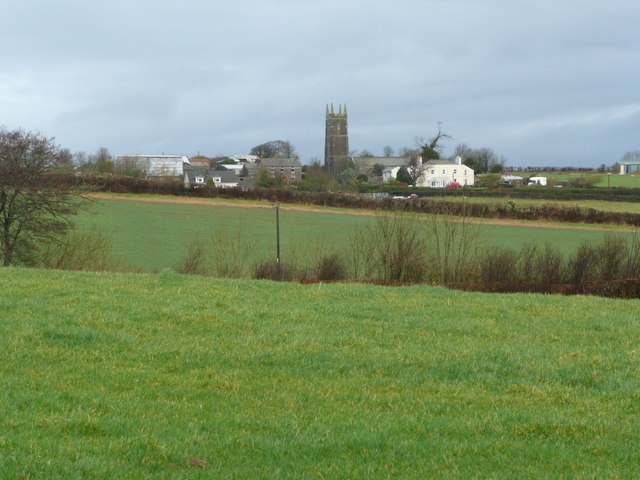Tristram Coffin was 1 of 8 original owners of Nantucket Island in 1659 for 2 beaver hats and 30 pounds sterling (coins). The 8 had purchased Nantucket from The Mayhews. William Parkman, father of Reverend Ebenezer Parkman, married Elizabeth Adams who’s parents were Alexander Adams and Mary Coffin of Nantucket, sister of Tristram Coffin, Sr. co-founder of Nantucket.
http://www.findagrave.com/cgi-bin/fg.cgi?page=gr&GRid=8449256
**************************
Generation Thirteen
Dec 1 1627, Peter Coffin – Brixton England, will proved Mar 13 1628, To Joan, land during her life, and at her decease to go to his son and heir Tristam, ‘who is to be provided for according to his degree and calling’. To son John certain property when 20 years of age. mentions daughters, Joan, Deborah, Eunice, Mary. He refers to tenement in Butlers parish called Silverhay. *May 1661- His widow Joan died in Boston Mass. The Rev. Mr. Wilson who preached the funeral sermon spoke of her as a woman of remarkable character. One Hundred Sixty Allied Families by John 0. Austin ** was born in 1584 at Brixton, Devon, England. He married Joan Kember, daughter of Robert Kember and Anne ( ? ), in 1604 at Brixton, Devon, England. He died in 1628.
Children of Peter Coffin and Joan Kember were as follows:
(1605-1688) Christian; married Thomas Davis.
(1609-1681)Tristam, born at Plymouth, Devonshire, England; married Dionis Stevens. (see bellow)
(1611-1681) Joan; married Joseph Hull; born at Brixton, Devonshire England.
(1613)Peter.
(1616) Deborah; born at Brixton, Devonshire, England; married William Stevens, son of Robert Stevens and Dionis ( ? ), 25 Jun 1640 at England.
(1617-1648) Eunice; born at Brixton, Devonshire, England; married William Butler after 1642.
(1619) Mary, born at Brixton, Devonshire, England; married Alexander Adams.
(1625)John; born at England; died 1642 at Plymouth Fort.
http://coffinnz.blogspot.com/2012/12/medieval-line-before-tristrams-move-to.html
***************************
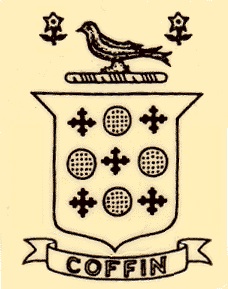
Coffin Coat of Arms
This Coat of Arms is considered the correct Armorial Bearings for the Coffins in America. Adopted by Tristram Coffyn (1609-1681), and featured on the front cover of “The Coffin Saga” by Will Gardner. Although the edition I have is a light silvery blue, and the Coat of Arms is blue.
There are any number of versions of Armorial Bearings for the Coffins, but according to the actual rules, the proper awarded version is technically the only one that can be “used” by the appropriate Coffin line. For example, Sir Isaac Coffin, Baronet was awarded a very specific Coat of Arms for his use as well as any of his dependents.
http://www.findagrave.com/cgi-bin/fg.cgi?page=pv&GRid=10904410&PIpi=115547306
1686 Oldest House and Mary Gardner Coffin
 This portrait, attributed to the Pollard Limner, depicts Mary Gardner Coffin (1670-1767). Mary Gardner was born on Nantucket and married Jethro Coffin, grandson of Tristram, in 1686. Their home, built later that year, is still standing on Nantucket. Now known as the Oldest House, it is owned and operated by the Nantucket Historical Association. The Coffin/Gardner marriage symbolized the end of an early conflict in Nantucket society involving their families that was known as the “half-share revolt.” John Gardner and Tristram Coffin were key figures in Nantucket’s early governance. Coffin represented the “full-share” men, or original founders of Nantucket, while Gardner was one of a group of tradesmen who came to work on the island but received only half-shares. Bitter debates between the full-share and half-share parties raged on Nantucket about land rights, who could hold public office, and the future directions for the island. A tentative compromise between the two factions was reached in 1678, but it was not until Coffin’s death in 1681 and the eventual marriage of his grandson into the Gardner family that a full resolution of this conflict occurred.
This portrait, attributed to the Pollard Limner, depicts Mary Gardner Coffin (1670-1767). Mary Gardner was born on Nantucket and married Jethro Coffin, grandson of Tristram, in 1686. Their home, built later that year, is still standing on Nantucket. Now known as the Oldest House, it is owned and operated by the Nantucket Historical Association. The Coffin/Gardner marriage symbolized the end of an early conflict in Nantucket society involving their families that was known as the “half-share revolt.” John Gardner and Tristram Coffin were key figures in Nantucket’s early governance. Coffin represented the “full-share” men, or original founders of Nantucket, while Gardner was one of a group of tradesmen who came to work on the island but received only half-shares. Bitter debates between the full-share and half-share parties raged on Nantucket about land rights, who could hold public office, and the future directions for the island. A tentative compromise between the two factions was reached in 1678, but it was not until Coffin’s death in 1681 and the eventual marriage of his grandson into the Gardner family that a full resolution of this conflict occurred.
http://www.nha.org/library/hn/HN-winter2000-timeline.htm
Nantucket marker for Tristram Coffin’s Homestead
Tristram Coffin spoon likeness 1642
Tristram Coffin Medallion – 1642
Tristram Coffin (or Coffyn)[fn 1] (ca. 1609 – 2 October 1681) was an immigrant to Massachusetts from England. In 1659 he led a group of investors that bought Nantucket from Thomas Mayhew for thirty pounds and two beaver hats.[2]He became a prominent citizen of the settlement. A great number of his descendants became prominent in North American society, and many were involved in the later history of Nantucket during and after its heyday as a whaling center.[3] Almost all notable Americans with roots in Nantucket are descended from Tristram Coffin, although Benjamin Franklin was an exception.[4]
England, 1605–1642[edit]
Tristram Coffin was born to Peter and Joanna (Kember) Coffin and baptized in the parish of Brixton near Plymouth, England, on 11 March 1609/10.[1] He belonged to the landed gentry.[5] He married Dionis Stevens in 1630 and they were to have nine children, the first five born in England. Coffin was a Brixton church warden from 1639 to 1640, and was a constable in 1641.[6]
Charles I inherited the throne of England in 1625 and initiated a long struggle with his parliament, which wanted to abolish bishops from the House of Lords and limit the king’s powers. Things came to a head when Charles raised his royal standard at Nottingham in August 1642, and England soon descended into Civil War(1642–1651).[5] Tristram Coffin’s only brother John received a mortal wound at Plymouth fort, although it is not known exactly when or even which side he was fighting on.[7] Perhaps for reasons associated with these political upheavals, Tristram Coffin decided to leave his estates in England and emigrate to the new world.[8]
Massachusetts, 1642–1659[edit]
Tristram Coffin sailed to Boston in 1642 with his wife and children, his two sisters and his mother. For a short time he ran an inn in Salisbury, Massachusetts.[1] He then moved to the new settlement of Pentucket, now Haverhill, Massachusetts. His name appears on a deed dated 15 November 1642 recording the sale of the land for the settlement by the local American Indian people. He is said to have used a plow that he had made himself to cultivate the land.[9] It was here that his last four children were born.[6]
In 1648 he left the farm and moved to Newbury, Massachusetts. Here he operated a ferry across the Merrimack River and he and his wife ran a tavern. In 1653 his wife was “presented” for selling beer above the legal price of two pennies per quart. However, she was acquitted when it was found that her beer was much stronger than the ordinary.[10] Coffin sold the inn and ferry in 1654 or 1655 and moved to Salisbury, Massachusetts, where he signed himself “Tristram Coffyn, Commissioner of Salisbury”.[11]
Nantucket, 1659–1681[edit]
Tristram Coffin Jr. House, built in Newburycirca 1678
Jethro Coffin House, built in 1686 for Jethro Coffin, Tristam Coffin’s grandson, and now the oldest house on Nantucket
Tristram Coffin and other Salisbury investors bought Nantucket island from Thomas Mayhew on 2 July 1659.[12] The purchase price was 30 pounds plus two beaver hats made by his son, also called Tristram. Coffin was the prime mover of the enterprise and was given first choice of land. In 1659 he settled near the western end of the island near Capaum pond.[6] His sons Peter Coffin, Tristram Coffin Junior and James Coffin also received land on the island.[13] Soon after settling, Tristram Coffin purchased the thousand-acre Tuckernuck Island at the western end of Nantucket. On 10 May 1660 the sachems conveyed title to a large part of the island to Coffin and his associates for eighty pounds.[14] He built a corn mill in which he employed many of the local Native Americans, and he employed others on his farm.[15]
In 1671 Coffin and Thomas Macy were selected as spokesmen for the settlers, going to New York in 1671 to meet withGovernor Francis Lovelace and secure their claim to Nantucket.[6] As the most wealthy and respected of the settlers, Coffin was appointed chief magistrate of Nantucket on 29 June 1671.[16] In 1677 he was again appointed chief magistrate for a term of four years.[17]
Legacy[edit]
Tristram Coffin died on 2 October 1681 at the age of 76.[1] During the years before his death, he had bestowed much of his property on his children and grandchildren.[18] He was buried on his property on Nantucket Island.[6] At his death he left seven children, 60 grandchildren and several great-grandchildren. One of his grandchildren calculated that by the year 1728, the number of his descendants was 1582, of whom 1128 were still alive.[19]
Several of his descendants achieved prominence. His daughter Mary Coffyn Starbuck became a leader in introducing Quaker practices into Nantucket.[20] A grandson, James Coffin, was the first of the Coffins to enter into the whaling business.[21] A poem by Thomas Worth written in 1763 says six Captains named Coffin were sailing out of Nantucket.[3]Sir Isaac Coffin (1759–1839) served during the American Revolutionary War and the Napoleonic Wars and became an admiral in the British Royal Navy.[22] He founded a school on the island in 1827 to educate descendants of Tristram Coffin – which included almost all the children on the island – with emphasis on nautical skills.[23]
Some branches of the Coffin family were prominent in New England, grouped among the so-called Boston Brahmins.[24]For example, Elizabeth Coffin, daughter of a wealthy merchant from Nantucket, was mother of the prominent Massachusetts industrialists Henry Coffin Nevins andDavid Nevins, Jr..[25] Charles A. Coffin (1844–1926) born in Somerset, Massachusetts, became cofounder and first President of General Electric corporation.[26]Some retained the family links to Nantucket after the whaling industry had collapsed and many people had left the island. In the eighth generation, Elizabeth Coffin(1850–1930), an artist, educator and Quaker philanthropist, was known for her paintings of Nantucket and for helping revive Sir Isaac Coffin’s school with a new emphasis on crafts.[27] Among the ninth generation, Robert P. T. Coffin (1892-1955) was an American Poet who won the Pulitzer Prize in 1936 for his book of collected poems called “Strange Holiness”.
See also[edit]
References[edit]
- Notes
- Sources
- Amory, Thomas Coffin (1886). The life of Admiral Sir Isaac Coffin: baronet, his English and American ancestors. Cupples, Upham and company.
- “BIOGRAPHY for Elizabeth Coffin”. Askart. Retrieved 23 March 2012.
- Beck, Bill (1989). Light across the prairies: an illustrated history of Northwestern Public Service Company. Northwestern Public Service Co. ISBN 0962363510.
- Coffin, Allen (1881). The Coffin family: the life of Tristram Coffyn, of Nantucket, Mass., founder of the family line in America; together with reminiscences and anecdotes of some of his numerous descendants, and some historical information concerning the ancient families named Coffyn. Hussey & Robinson.
- Coffin, Ross (1998). “My Father’s Shoes – Our Coffin Story”.
- Coffin, Cindy K. (7 Feb 2009). “Tristram Coffin, Sr”. Find a Grave. Retrieved 28 March 2012.
- Cutter, William Richard (1908). Genealogical and Personal Memoirs. Genealogical Publishing Com. ISBN 0806345497.
- Egan Maritime Institute. “History”. Retrieved 31 March 2012.
- Janssen, Marian (2010). Not at all what one is used to: the life and times of Isabella Gardner. University of Missouri Press. ISBN 0826218989.
- Gardner, Frank A MD (1907). Thomas Gardner Planter and Some of his Descendants. Salem, MA: Essex Institute.
- James, Edward T.; James, Janet Wilson (1974). “STARBUCK, Mary Coffyn”. Notable american women: a biographical dictionary. Harvard University Press. ISBN 0674627342.
- Mears, Anne de Benneville (1890). The old York road: and its early associations of history and biography. 1670–1870. Printed for the author by Harper & Brother.
- Putman, Bill (31 December 2008). “THE COFFIN FAMILY England to Nantucket” (PDF). Retrieved 28 March 2012.
- Roberts, Gary Boyd (February 1986). “Notable Kin: Nantucket Soup”. New England Historic Genealogical Society. Retrieved 1 April 2012.
- Starbuck, Alexander (2009). Nantucket Genealogies. Genealogical Publishing Com. ISBN 0806351063.
- Waters, Henry Fritz-Gilbert (1848). The New England Historical and Genealogical Register, Volume 2. New England Historic Genealogical Society.
https://en.wikipedia.org/wiki/Tristram_Coffin_(settler)

Tristram Coffin signature
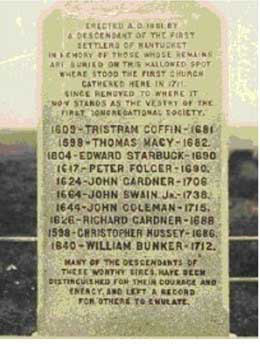
Nantucket Early Settlers Monument – Tristram Coffin 1609 – 1681
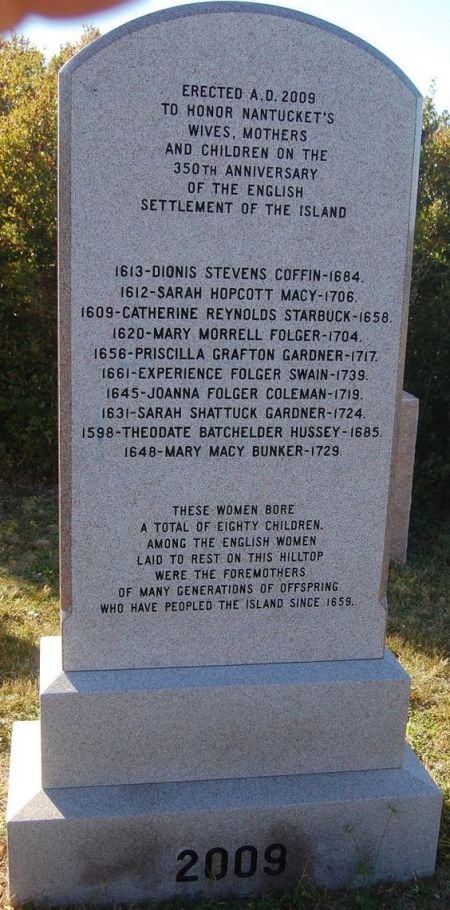
Tristram Coffin & Dionis Stevens: Nantucket settlers
(Coastal families/Coffin branch)
* Tristram COFFIN was born in 1609 in Brixton Parish, Devon, England; christened on 11 Mar 1609 in Brixton Parish, Devonshire, England; died on 2 Oct 1681 in Nantucket, MA; buried in Maxey Pond Burying Ground, Nantucket, MA.
Tristram COFFIN married Dionis STEVENS in ABT 1630 in Brixton Parish, Devon, England. They had the following children: Peter COFFIN (b. 1631), Tristram COFFIN Jr. (b. 1632), Elizabeth COFFIN, James COFFIN (b. 12 Aug 1640), Mary COFFIN (b. 20 Feb 1645), ♥ John COFFIN Lieut. (b. 13 Oct 1647), Stephen COFFIN (b. 11 May 1652).
BIRTH: Tristram was the 1st of 6 children born to his parents.
EVENT: Tristram inherited real-estate, rents, lodging, food, a personal income and personal property upon the death of his father, Peter Coffin. In his Will, dated 21 Dec 1627 and proved 13 Mar 1627/8 Peter leaves Tristram the following; “…Item I give and bequeth unto Tristram Coffyn my Sonne one feather bedd pformed my best brasen panne and my best brasen crocke. Item I give and bequeth unto Johan Coffyn my wife y issues pfitts and comodities of all my lands tenements & hereditaments wth y sayd Parish of Brixton dureing her widdowhood she yeelding & paying therefor yearly unto the said Tristram my sonne his heirs and assignes the summe of Fifty shillings of lawful English money at y four usual feasts of the year and also sufficient meate drinke & clothes and convenient lodgings unto y sayd Tristram according to his degree and calling dureing her Widowhood…Item I doe give unto Sonne Tristram All my lands rents reversions services & hereditamts with the appurtenances whatsoever sett lying & being wth in the sayd Parish of Brixton or elsewhere wthin y sayd County of Devon…Item All y rest of my goods chattels and cattells nor before given nor bequethed I doe give and bequethe unto Johan Coffyn my wife…”{D5}
IMMIGRATION: Fourteen years after his father’s death: Tristram Coffin came to New World in 1642 with wife, Dionis; their 5 small children; his widowed mother, Joan Thember; and 2 unmarried sisters.{D2}
HOME:
The family first settled in Haverhill, then removed to Newbury in 1648, then to Salisbury, before moving to Nantucket in 1659.
“He soon bought land up the Merrimac River. The Indians had rights, but were willing to sell; their chief, Passaconaway gave his consent and there was a deed passed between which involved 14 miles along the river for 3 Pounds and 10 Shillings. That area became Haverhill, MA. He later went back to Newberry, MA, bought land, put in a ferry with an inn. Then he later got a good buy on a big grant near Dover. It was woodland on the Cochecho River. With his sons he established a lumber mill as he never wanted to hold land alone. Tristram had lost faith in England in the quarrels between king and parliament. His land holdings in England dried up. In a talk with Thomas Mayhew he found Nantucket was available; so he approached Edward Starbuck, Thomas Macy and Isaac Coleman as the core of a company which bought Nantucket for 30 pounds and 2 beaver hats. With the lumber mill, they started a small ship building project. That was very convenient to ship materials to Nantucket…”{D2} Also consult, History of Nantucket by Alexander Starbuck and The Coffin Saga by Will Gardner.
The early settler’s lots on Nantucket were about 1,000 feet on a side, while some were quite irregular in shape. Tristram’s house lot was a tract bounded on the north by Cappam Harbor. He called this region Northam or Cappamet. The spot where his house was placed is marked by a stone monument. {D4}
LIVELIHOOD: Tristram was an entrepreneurial businessman involved with land trading, a lumber mill, ship building, shipping, salvaging wrecked ships and commercial fishing. In general, the early families on Nantucket gained a livelihood through a combination farming and fishing related enterprises.
ORGANIZATIONS: Tristram was Chief Magistrate of Nantucket ca 1671-1673. He held a second term as Chief Magistrate in 1777.{D1}
HISTORICAL EVENTS:
A feud broke out amongst the early settlers of Nantucket. On one side, the Coffin’s and their friends, on the other side, the brothers Richard and John Gardner and their friends. The feud is thought to have developed from the divergent temperaments of Tristram and Capt. John Gardner. Tristram was a natural leader, but had tendencies to be irritable and despotic. Capt. John Gardner was a man of physical courage, rugged honesty and democratic in his dealings, traits that gained him public confidence. {D4}
The estrangement between the Coffin and the Gardner families ended soon after Tristram’s death in 1681. Tristram’s eldest grandson Jethro and Jethro’s brother, Edward, married Mary and Anna Gardner. After 1681, James, another grandson of Tristram, married Love Gardner and later married, Ruth Gardner. Six other children of Richard Gardner married grandchildren of Tristram Coffin, among these, Tristram’s grandson, Samuel Coffin, married Richard Gardner’s daughter, Miriam and became my direct ancestors.{D1)
[Image above: Tristram & Dionis Coffin’s house ( ? Tristram Coffin, Jr. see link below) , originally built by Tristram as a simple structure in about 1654, at 15 High Road in Newbury Massachusetts. The house is well-preserved and is a New England historic site owned by the Historic New England museum. The house is often featured in books about Colonial American architecture. This public domain photograph was taken circa 1907.Added by: Cindy K. Coffin 6/06/2009]
 [Image at left: Hearth in Tristram Coffin house, Newbury, MA.]
[Image at left: Hearth in Tristram Coffin house, Newbury, MA.]
Early in 1659 Tristram went to Martha’s Vineyard where he took Peter Folger the Grandfather of Benjamin Franklin as an interpreter of the Indian language and went to Nantucket to ascertain the temper of the Indians and the capabilities of the island so that he could report to the citizens of Salisbury. At Martha’s Vineyard he entered into preliminary negotiations with Thomas Mayhew for the purchase of the island before visiting it. After his visit to the island he made additional arrangements for its purchase and returned to Salisbury where his report upon the condition of the island, the character of the Indians and the advantages of a change of residence, was laid before his friends and associates. A company was organized for the immediate purchase of the whole island allowing Thomas Mayhew to retain a one-tenth portion with some other reservations. Several meetings of the
purchasers were held at Salisbury and general rules for the government of the island were adopted.


[Photos above: Marker locating the previous site of Tristram Coffin’s home by Capaum Harbor, by 1989 a land locked pond near the ocean, on Nantucket Island.]
Among the eight original owners of Nantucket island, he became the most prominent. He was granted first choice of land and in 1659, he settled on the eastern slope of what is now called Trott’s Hills, near Capaum Pond, toward the western end if the island. He was a leader among the first settlers and was
often asked by other inhabitants to transact important public business. He and Thomas Macy were the spokesmen for the settlement and were selected by the settlers go to New York and meet with Governor Lovelace and secure their claim to the Island in 1671. His letters to the Colonial Government of New York are preserved in the Archives of the Department of State at Albany. He built a corn mill and employed many Native Americans who were the aboriginal inhabitants of the island.
 BURIAL: Tristram Coffin, Richard Gardner, Edward Starbuck and presumably their wives and others are buried at the old Maxey Pond Burying Ground. A 6+ foot high “Early Settlers Monument” stands at the site with the inscription: “Erected AD 1881 By A Descendant of the First Settlers of Nantucket in Memory of Those Whose Remains Are Buried on this Hallowed Spot Where stood the First Church Gathered Here 1711 Since Removed to where it Now Stands as the vestry of the First Congregational Society…”. The monument also is inscribed with the names of ten early settlers, including those mentioned above. The settlement and church /burial ground at Maxey Pond/Capum Harbor was, in the early days of the settlement, called “Sherburne”. Sherburne was located about two miles west of the present town of Nantucket.
BURIAL: Tristram Coffin, Richard Gardner, Edward Starbuck and presumably their wives and others are buried at the old Maxey Pond Burying Ground. A 6+ foot high “Early Settlers Monument” stands at the site with the inscription: “Erected AD 1881 By A Descendant of the First Settlers of Nantucket in Memory of Those Whose Remains Are Buried on this Hallowed Spot Where stood the First Church Gathered Here 1711 Since Removed to where it Now Stands as the vestry of the First Congregational Society…”. The monument also is inscribed with the names of ten early settlers, including those mentioned above. The settlement and church /burial ground at Maxey Pond/Capum Harbor was, in the early days of the settlement, called “Sherburne”. Sherburne was located about two miles west of the present town of Nantucket.
DOCUMENTS:
1. The Coffin Family by Louis Coffin, 1962, Nantucket Historical Society, Nantucket, MA., p. 81.
2.”The Anderson Story”, by Mrs. C. J. Davis, Mrs. Cora May Boots and others, printed in 1968.
3. Tristram Coffin’s vital statistics are verified by a 6+ foot tall grave yard monument at Maxey Pond Burying Ground, Nantucket,MA.
4. Nantucket Lands and Land Owners Vol. 2., Bulletin No.1., by Henry Barnard Worth, Published by the Nantucket Historical Assn., 1901.
5. Early Settlers of Nantucket by Lydia Swain Mitchell Hinchman. The original may be found in the District Registry attached to the Probate Division of the Court of Justice of Exeter (in the Arcdeaconry Court of Totnes), England.
Individual source: The Anderson Story, by Mrs. C. J. Davis, Mrs. Cora May Boots and others, printed in 1968. A 67 page genealogical record of the Anderson family from John & Elizabeth Horney Anderson, ca 1800 to 1968.
* Dionis STEVENS was born in 1613; died on 6 Nov 1684 in Nantucket, MA.
Dionis Stevens was daughter of Robert, Esquire of Brixton, England.
EVENT: The records indicate that the Coffin, Starbuck and Macy families found their environment in Massachusetts Bay, far from congenial. Each had their own peculiar problem. Macy had been arrested and charged with violating town regulations see below) , and so had Coffin’s wife, Dionis. It is likely that the family was ready to move to a more liberal neighborhood when the opportunity to settle on Nantucket Island arose.{D1}
In 1683 his wife Dionis was presented at Court for selling beer for 3 cents a quart. The law provided that inn keepers should always be provided with good wholesome beer of four bushels of malt to the hhd., to be sold at not above two cents a quart under a penalty of 40 shilings. It was proved on the testimony of
Samuel Mooers however that she had put six bushels of malt to the hhd. and was accordingly discharged because she had kept the proportion good, After this, Tristram returned to Salisbury and became a County Magistrate.
DEATH: Dionis survived her husband and died on Nantucket Island; however, accounts of her death place the date variably at 16 Oct 1676 and 6 Nov 1684.
DOCUMENTS:
1. Nantucket Lands and Land Owners, Vol. 2., Bulletin No.1., by Henry Barnard Worth, Published by the Nantucket Historical Assn., 1901.
Individual source: The Coffin Family by Louis Coffin, 1962, Nantucket Historical Society, Nantucket, MA.
https://4dtraveler.net/2011/08/14/tristram-coffin-dionis-stevens-nantucket-settlers/
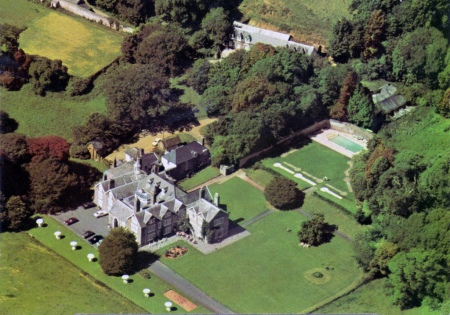
Portledge Manor, The house sits on the edge of Bideford Bay, looking out over the Bristol Channel. The parish of Alwington, Devon, England and the surrounding area was given to the family by William the Conqueror, as part of a reward for loyalty and service during the Norman Conquest. Most of the current house dates from the 17th century, but parts of it have stood since the reign of King Henry III, circa 1234 .
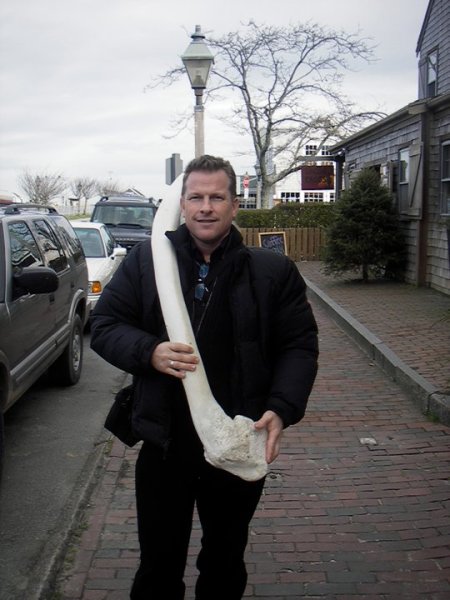
Nantucket whalebone 2007
****************************
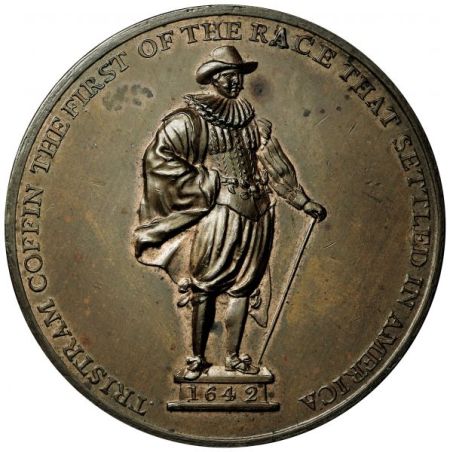
Tristram Coffin was the American progenitor of the Coffin Family who was also a co-owner/founder of Nantucket.
Tristram Coffin, Sr. was 1 of 8 original owners of Nantucket Island in 1659 for 2 beaver hats and 30 pounds sterling (coins). The 8 had purchased Nantucket from The Mayhews.
Trystram Coffin Sr.’s sister, Mary Coffin married Alexander Adams, who’s daughter Elizabeth Adams married William Parkman, parents of Reverend Ebenezer Parkman.
William Parkman (Elizabeth Adams & William Parkman, Mary Coffin & Alexander Adams, are all 4 buried @ Copp’s Hill Cemetery in Boston).
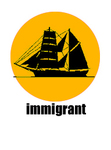
Tristram Coffin, Sr., Mary Coffin Adams and Alexander Adams were both Immigrants from England:
https://www.geni.com/people/Mary-Adams/6000000005232467530
http://www.findagrave.com/cgi-bin/fg.cgi?page=gr&GRid=8449256
1686 Oldest House and Mary Gardner Coffin
 This portrait, attributed to the Pollard Limner, depicts Mary Gardner Coffin (1670-1767). Mary Gardner was born on Nantucket and married Jethro Coffin, grandson of Tristram, in 1686. Their home, built later that year, is still standing on Nantucket. Now known as the Oldest House, it is owned and operated by the Nantucket Historical Association. The Coffin/Gardner marriage symbolized the end of an early conflict in Nantucket society involving their families that was known as the “half-share revolt.” John Gardner and Tristram Coffin were key figures in Nantucket’s early governance. Coffin represented the “full-share” men, or original founders of Nantucket, while Gardner was one of a group of tradesmen who came to work on the island but received only half-shares. Bitter debates between the full-share and half-share parties raged on Nantucket about land rights, who could hold public office, and the future directions for the island. A tentative compromise between the two factions was reached in 1678, but it was not until Coffin’s death in 1681 and the eventual marriage of his grandson into the Gardner family that a full resolution of this conflict occurred.
This portrait, attributed to the Pollard Limner, depicts Mary Gardner Coffin (1670-1767). Mary Gardner was born on Nantucket and married Jethro Coffin, grandson of Tristram, in 1686. Their home, built later that year, is still standing on Nantucket. Now known as the Oldest House, it is owned and operated by the Nantucket Historical Association. The Coffin/Gardner marriage symbolized the end of an early conflict in Nantucket society involving their families that was known as the “half-share revolt.” John Gardner and Tristram Coffin were key figures in Nantucket’s early governance. Coffin represented the “full-share” men, or original founders of Nantucket, while Gardner was one of a group of tradesmen who came to work on the island but received only half-shares. Bitter debates between the full-share and half-share parties raged on Nantucket about land rights, who could hold public office, and the future directions for the island. A tentative compromise between the two factions was reached in 1678, but it was not until Coffin’s death in 1681 and the eventual marriage of his grandson into the Gardner family that a full resolution of this conflict occurred.
http://www.nha.org/library/hn/HN-winter2000-timeline.htm
**********************
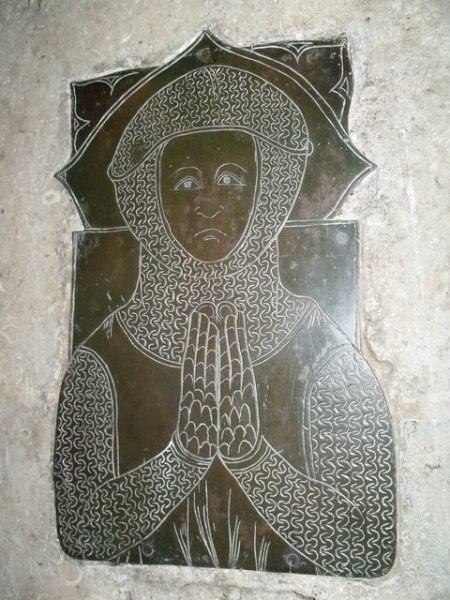
Sir Richard Coffin / Coffyn and Pedigree Charts from the years 1066 – 1101 :
https://www.geni.com/people/Sir-Richard-Coffyn/6000000010757581673
**********************
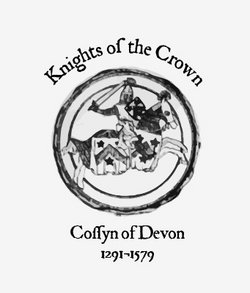
A Coffin incident
Sir William Coffin (1495-1538) was a Devonshire courtier under King Henry VIII having joined the royal household in 1515 as a gentleman of the Privy Chamber.
 |
That which Coffin became known for was an incident that occurred while he was traveling northwards to Derbyshire, and came by Bideford church and cemetery. In the cemetery there was a group of people standing around, not part of a ceremony of any kind so William Coffin stopped to find out what was happening. The situation was that a corpse had been brought to the church to be buried, along with the people who had come to gather for the ceremony, however the priest was refusing to perform the funeral. In payment for the priest to perform the burial rites they required payment from the deceased’s estate, and in this case it was the cow that belonged to the deceased man as he was poor, but the dead man’s friends would not give the cow up. After being told this William found the priest and ordered him to perform the funeral service as it was his job, but the priest still refused to do it without payment. At this, William ordered the people who were gathered there to grab the priest and put him into the hole that had been dug for the corpse and that dirt be thrown in on top of him. The priest continued in his refusal until the man was nearly fully buried in the earth when at last he conceded.
Such treatment of priests was not acceptable, even during the period of the Dissolution, and William would have expected to receive punishment for this incident, and even perhaps have been executed for such a crime against a man of God. King Henry VIII was informed of the incident and as a result William was summoned before Parliament. For anyone else this would not have ended well, anyone else would have ended up in the Tower or executed. However, Sir William had a number of friends in the House as well as at court and they were loyal to him and he avoided punishment. In fact, he turned it around and brought to Parliament’s attention the negative consequences of priests demanding payment (mortuaries) for church services. He drew the attention of the matter away from his personal actions onto the wider situation of the bad behaviour of clergymen. As a result of this, an Act was passed soon after which stopped practices including mortuaries.
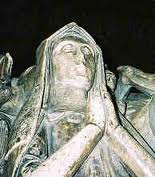
Tomb of Margaret Coffin – 1539 +
His presence at court is first recorded when William attended the King in Guisnes in 1519 and took part in the tournament, and later at the Field of the Cloth of Gold in 1520.
In 1529 he became a Member of Parliament for Derbyshire, despite him being born in Devonshire, due to his wife Margaret Dymoke, daughter of the Hereditary Royal Champion Sir Robert Dymoke, having connections to that county; her first husband was Derbyshire man Sir Richard Vernon of Haddon Hall.
In 1533 William Coffin was the Master of the Horse at the coronation of Anne Boleyn and throughout her reign as queen, as well as that of Jane Seymour. He also became the steward of Queen Jane’s manors of Standon and Hitchin in Hertfordshire. In this office, on the 17th October 1357 William received the official surrender to the Crown of the Hitchin Priory from the Prior, as part of the Dissolution of the Monasteries.
On the 18th October 1357 William Coffin was knighted, however he did not get to enjoy this position for long as on the 8th December 1538 Sir William had died of the plague.
William and his wife had no surviving children, therefore his heirs were his wife Margaret and his nephews William Coffin the elder, William Coffin the younger and Richard Coffin. Margaret remarried again shortly after to Richard Manners in 1539.
 |
| St Mary’s Church, Standon |
Sir William is buried in the church in Standon, commemorated by this inscription;
"Here lies William Coffin, Knight, sometime of the privy chamber with his sovereign Lord King Henry the eighth, Master of the Horse unto queen Jane the most lawful wife unto the aforesaid King Henry the eighth, and high steward of all the liberty [and] manor of Standon in the county of Hertford, which William deceased the eighth day of december Anno domini 1538, [in] the thirtieth year of the reign of King Henry the eighth"
http://cupboardworld.blogspot.com/2013_10_01_archive.html
*********************
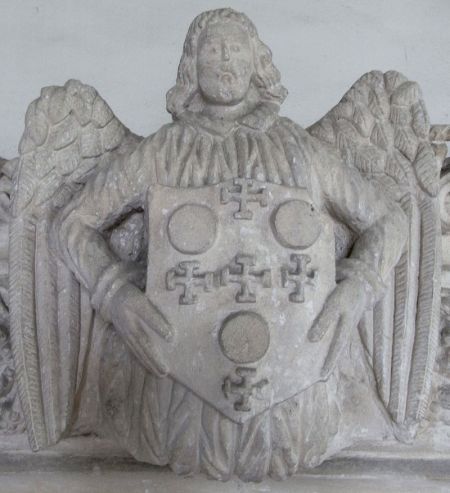
Sir Richard Coffin 1456 – 1523
Details from Easter Sepulchre monument to Richard Coffin: left: arms of Coffin; right: entwined initials “RC”, two sets in spandrels of canopy
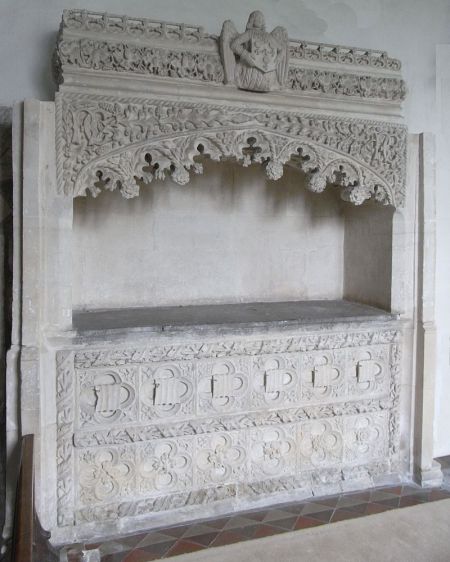
Easter Sepulchre monument to Richard Coffin (1456-1523) of Heanton Punchardon and Portledge, Alwington. North wall of chancel, Heanton Punchardon Church
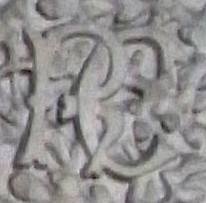
RC initials for Sir Richard Coffin
Sir Richard Coffin 1456 – 1523
https://en.wikipedia.org/wiki/Richard_Coffin_(1456-1523)
*******************
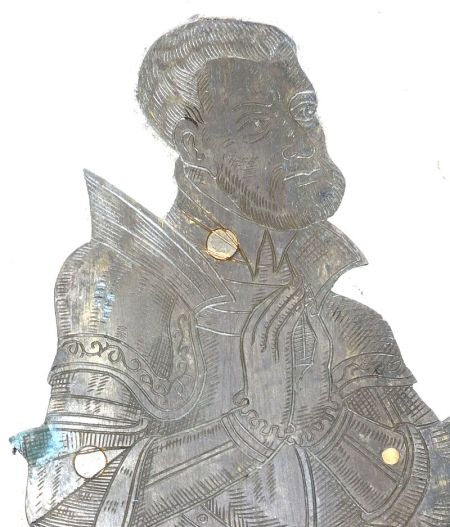
Sir James Coffin 1551 – Detail of James Coffin monumental brass,[6] Monkleigh Church.
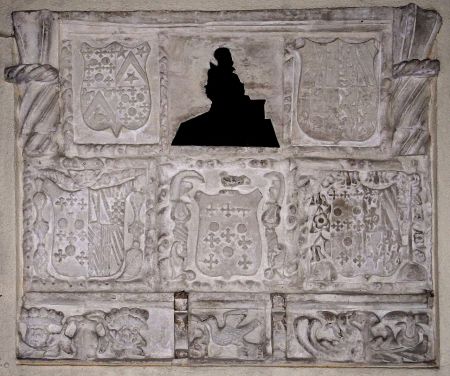
16th century mural monument to a kneeling knight, featuring heraldry of the Coffin family. Monkleigh Church, high up on north wall of chancel. Monumental brass depicting a bearded knight, said to represent James Coffin (d.1566)[6] kneeling in prayer, surrounded by heraldic escutcheons depicting the arms of Coffin: Azure, three bezants between eight crosses crosslet or
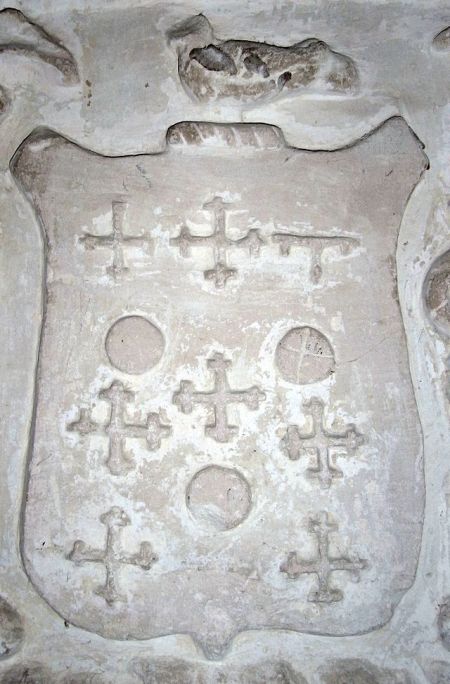
Arms of Coffin family, lords of the manor of Monkleigh: Azure, three bezants between eightcrosses crosslet or, and right as seen on 16th century Coffin mural monument in Monkleigh Church, with a crest of a bird of some variety

Inscribed slate mural monument to Jane Coffyn (d.1646), Monkleigh Church, west wall of north transept. Inscription: “Resurgimus” (we will rise again) “Jane the eldest childe of John Coffyn Esqr wife of Hugh Prust, gent, 13 Mons” “who w(i)th her chrisome son(n)e was buried nere this place the first of July 1646”.
“A mayde a wife in wife and right accord,
She liv’d she di’d true servant of the Lord.
Aetatis suae 27” (of her age 27). At the top is a heraldicescutcheon showing the arms of Prust impaling the arms of Coffyn.[nb 1]
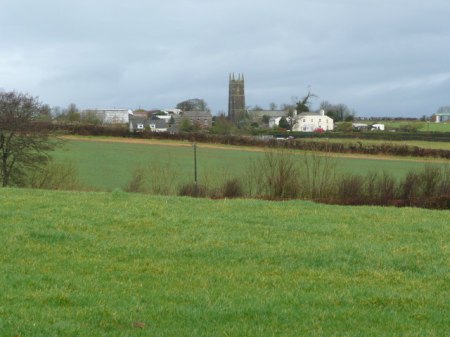
The Manor of Monkleigh was a mediaeval manor centred on the village of Monkleigh in North Devon, England, situated 2 1/2 miles north-west of Great Torrington and 3 1/2 miles south-east of Bideford.
Descent of the manor
The Domesday Book of 1086 records Monkleigh as Lege, the ninth of the 79 holdings in Devon as tenant-in-chief, of Robert, Count of Mortain(c. 1031–1090) the half-brother of William the Conqueror. His tenant at Monkleigh was a certain Alured, modernised to Alfred. Before theNorman Conquest of 1066 it was held by the Saxon Ordulf, thought to represent the Anglo-Saxon name “Ordwulf”.[1]
During the reign of King Stephen (1135-1154) the manor of Monkleigh was granted by its then holder “Alfred the Butler”, together with his other estates of Frizenham (in the parish of Little Torrington.[2]) and Densham (in the parish of Woolfardisworthy[3]), to Montacute Priory.[4][5]
Coffin

James Coffin was the second son of John Coffin of Portledge, in the parish of Alwington. He was still living in 1551 when he was mentioned in the will of his eldest brother Richard Coffin (d.1555) of Portledge. The Coffin family is one of the most ancient of Devon families. Tristram Risdon (d.1640) stated: “Alwington…the manor whereof hath been in the name of Coffin even from The Conquest“.[9]
On 11 June 1544 the crown granted the manor of Monkleigh, subject to the life interest of James Coffin and his wife, to Sir John Fulford of Dunsford and Humphrey Colles of Barton, Somerset, along with other grants of property. For Monkleigh manor they were charged £194 3s 4d, representing 10 years’ purchase of its annual value. They were also granted Monkleigh Woods for £29 13s 6d, representing 20 years’ purchase[10] Fulford and Coles paid the purchase price in full on 2 June 1544 and just one week later obtained royal licence to alienate to James Coffin of Alwington, the life tenant.[11]
A small monumental brass of a kneeling knight exists in Monkleigh Church high up on the north wall of the chancel, affixed to a stone tablet on which are sculpted several heraldic escutcheons of the arms of Coffin (Azure, three bezants between eight crosses crosslet or)[12] impaling arms of their heiresses. Pevsner suggests a date for the brass of 16th. century and that the stone tablet on which it is now affixed was originally part of a now lost 16th. century monument.[13]
The next member of the Coffin family recorded by the heraldic visitations of Devon to have a connection with Monkleigh Church is John Coffin (1593-1622) of Portledge. John was Richard Coffin’s great-grandson.[14] Three of John’s daughters were married in Monkleigh Church, between 1645 and 1657.[15] A mural monument exists in Monkleigh Church, in the north transept, to his eldest daughter Jane Coffin (1593-1646),[16] who in 1645, aged 26, married in Monkleigh Church to Hugh Prust[17] (1614-1650)[18] of Annery,[citation needed] within the parish of Monkleigh. She died the next year, as her mural monument records,[citation needed] and her husband died five years later without progeny,[19] when his heir to Annery became his younger brother Lt-Col.Joseph Prust (1620-1677) of Annery.”[20]
John Coffin’s son and heir was Richard Coffin (d.1700) of Portledge, Sheriff of Devon in 1683, who in 1648 married his third wife Dorothy Rowe in Monkleigh Church.[15] His son and heir by this third wife was John Coffin (1649-1704) of Portledge, who was baptised at Monkleigh. He left no progeny and eventually his heir became his heir became his great-nephew Rev. John Pine-Coffin (1735-1824), the grandson of his eldest sister Dorothy Coffin (b.1651) and her husband Edward Pyne of Eastdowne.[21][nb 2] Later in about 1823 his son and heir Richard Pine-Coffin (1770-1833)[23] sold some land in his manor of Monkleigh to John Rolle, 1st Baron Rolle (d.1842) for part of the course of the Rolle Canal between about the Ridd limekilns to the Beam Aqueduct, following the left-bank of the River Torridge.[24] Colonel Richard Geoffrey Pine-Coffin (1908-1974) DSO & Bar, MC, born at Portledge, was a parachute officer of the British Army during World War II. The Pine-Coffin family until recently still possessed the advowson of Alwington Church, making it one of the most ancient lineages in Devon, albeit more recently via a female line, although the mansion of Portledge was converted into a hotel some time before 1959[25]and the estate of Portledge was sold in 1998, due to a dispute with the Inland Revenue.[26]
Historic estates
Annery
| Main article: Annery, Monkleigh |
Within the manor and parish of Monkleigh is located the former historic estate ofAnnery. The post-Dissolution lords of the manor of Monkleigh had their main residence elsewhere outside the parish at Portledge, Alwington,[27] and thus Annery was the most important seat within the manor and the successive holders of it had their own chapel within the parish church, at the east end of the south aisle, known as the “Annery Chapel”.[13]
http://www.wikiwand.com/en/Manor_of_Monkleigh
*********************************
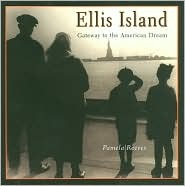
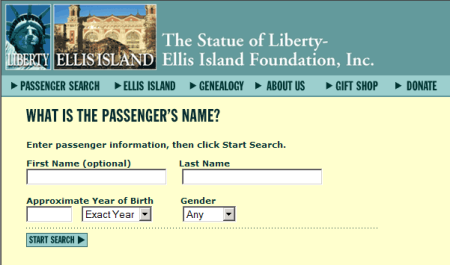
There are 2,079 COFFIN immigrants through Ellis island search:
http://libertyellisfoundation.org/passenger-result
*******************************
*********************************************************************************



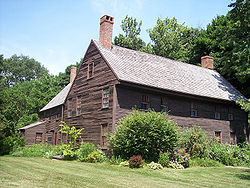







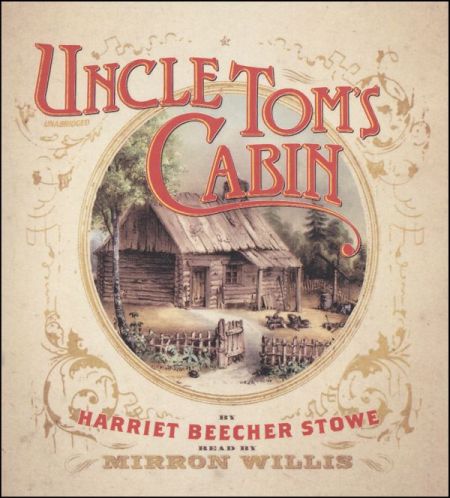
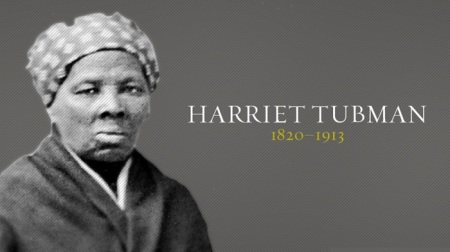
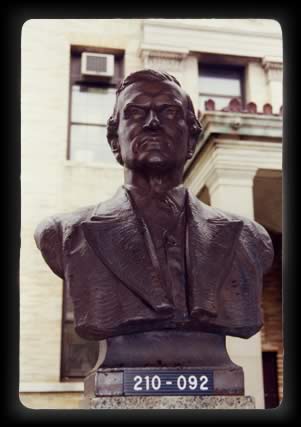
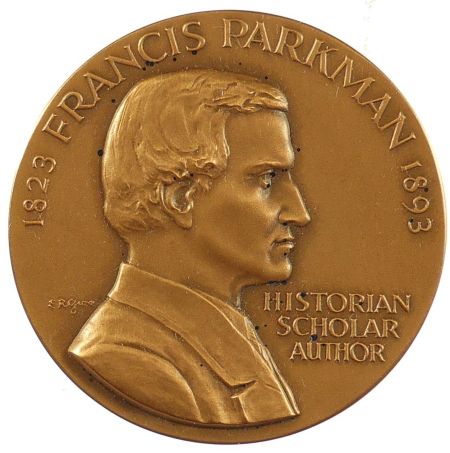
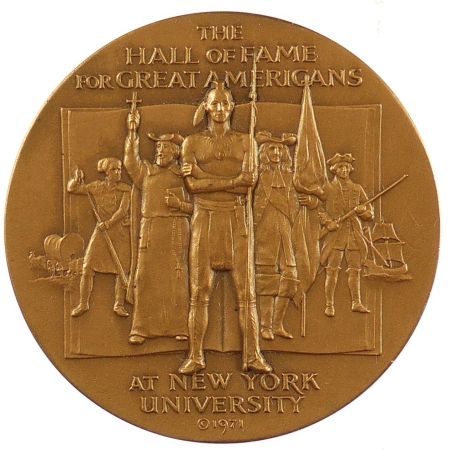
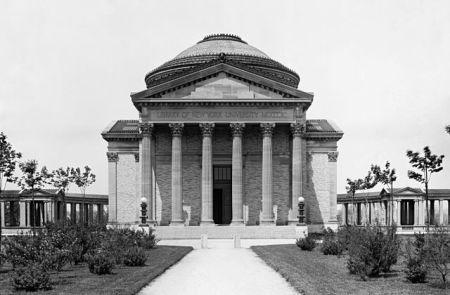
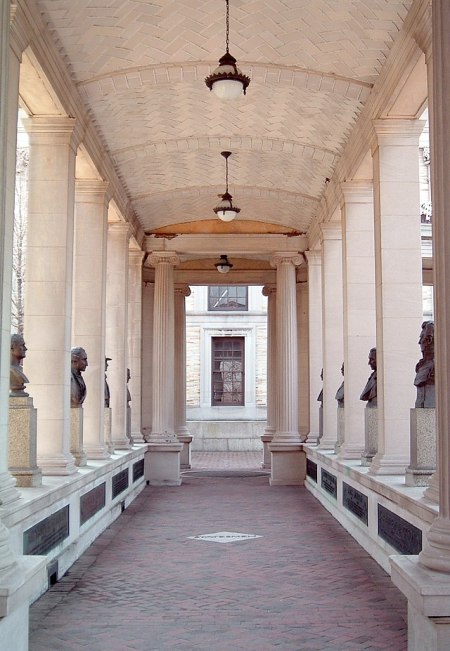


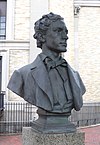
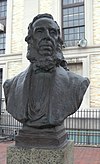

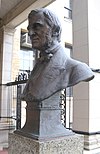
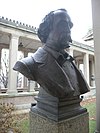


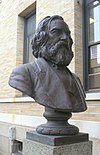


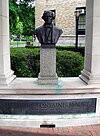








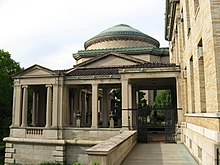
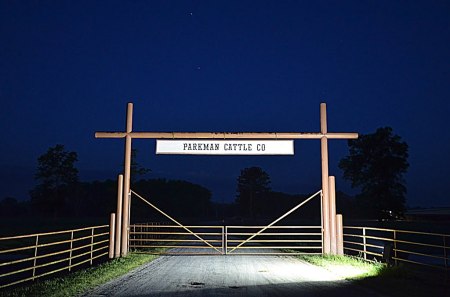
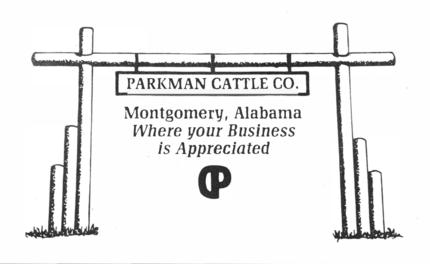
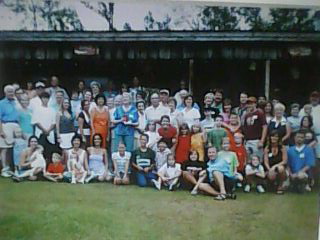
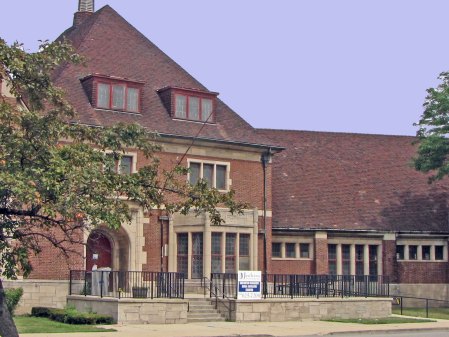
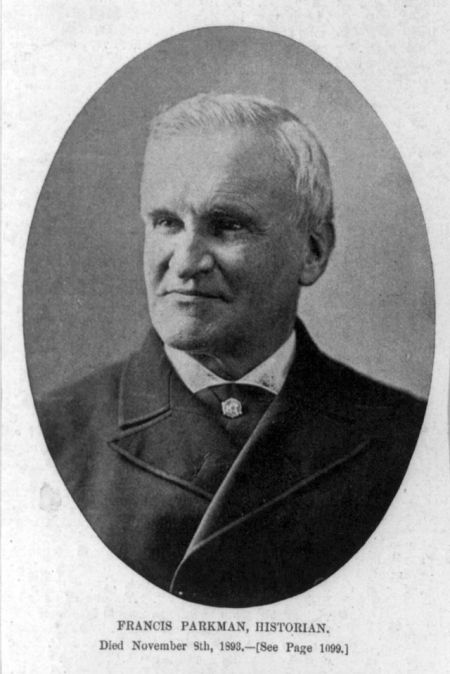
 a prominent Boston Unitarian minister. Born in Boston in 1823, Parkman graduated from Harvard in 1844 with a very strong interest in history. He immediately traveled to the West Coast and wrote a book about the overland trails that then connected California and Oregon to the rest of the United States. Then he took up the endeavor that occupied much of the rest of his long life—the study of how the English were able to eventually expel the French from North America. He wrote at least seven volumes on this topic, but I believe that the individual volumes are often seen as distinct books addressing specific issues such as the French exploration of the Great Lakes. Parkman spent time in and around Detroit interviewing people whose ancestors had first-hand information about the contest between the European powers. He also recognized that Indians could contribute to his understanding since various tribes were recruited as allies by both the French and English. He interviewed Indians in Michigan and in western states to augment his knowledge of what had happened a century or more earlier. In 1851, he published A History of the Conspiracy of Pontiac, describing the briefly successful efforts of Pontiac and his warriors in the early 1760s. Parkman also published a volume describing LaSalle’s expeditions in the Great Lakes and the Mississippi River valley.
a prominent Boston Unitarian minister. Born in Boston in 1823, Parkman graduated from Harvard in 1844 with a very strong interest in history. He immediately traveled to the West Coast and wrote a book about the overland trails that then connected California and Oregon to the rest of the United States. Then he took up the endeavor that occupied much of the rest of his long life—the study of how the English were able to eventually expel the French from North America. He wrote at least seven volumes on this topic, but I believe that the individual volumes are often seen as distinct books addressing specific issues such as the French exploration of the Great Lakes. Parkman spent time in and around Detroit interviewing people whose ancestors had first-hand information about the contest between the European powers. He also recognized that Indians could contribute to his understanding since various tribes were recruited as allies by both the French and English. He interviewed Indians in Michigan and in western states to augment his knowledge of what had happened a century or more earlier. In 1851, he published A History of the Conspiracy of Pontiac, describing the briefly successful efforts of Pontiac and his warriors in the early 1760s. Parkman also published a volume describing LaSalle’s expeditions in the Great Lakes and the Mississippi River valley.